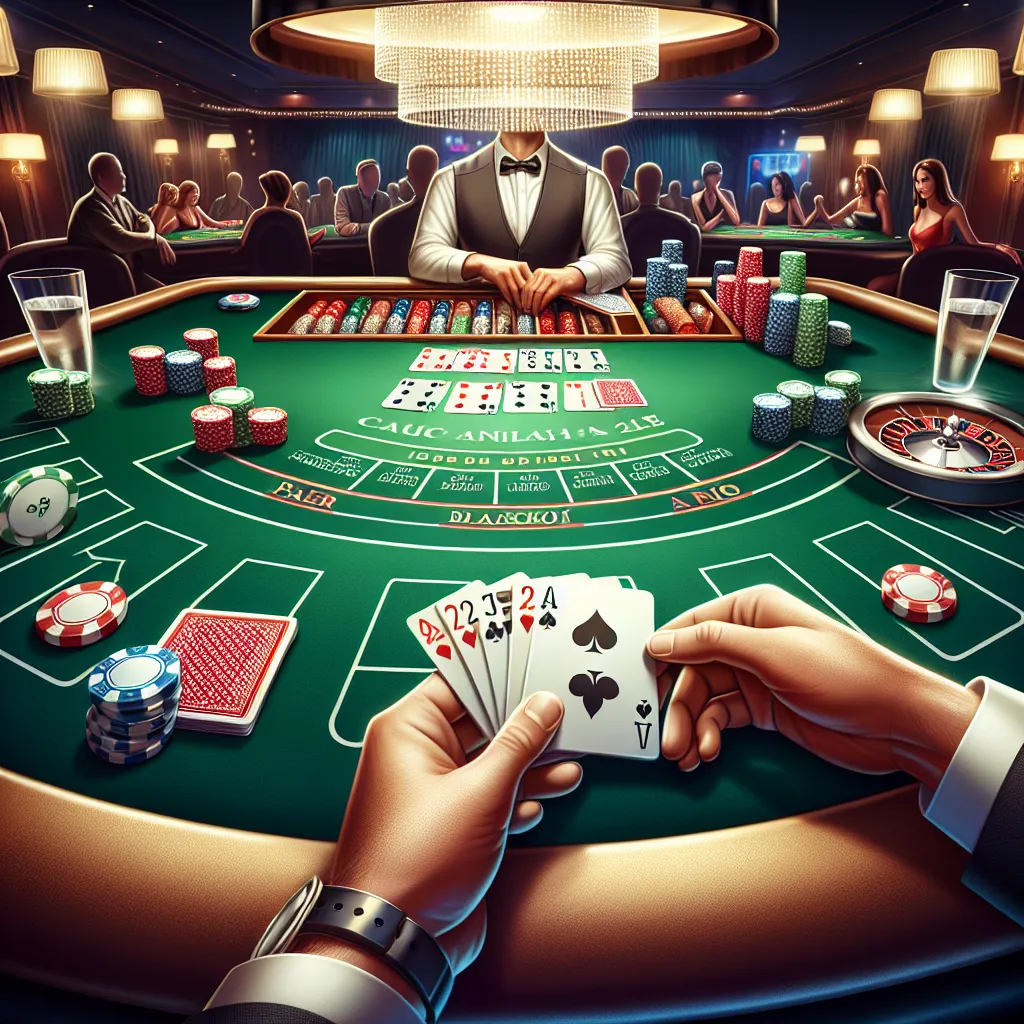For those who dream of beating the house at its own game, card counting in blackjack is a skill well worth acquiring. Contrary to popular belief, card counting isn’t about memorizing every card that’s been dealt out of the deck. Instead, it’s a system that assigns point values to each card that’s dealt to help you keep track of the cards left in the deck. With a little practice and patience, you can turn the odds in your favor and take your blackjack game to the next level. So, let’s dive in and learn how to count cards in blackjack!
Understanding the Basics
Before you can start counting cards, you need to understand the basics of blackjack. The aim of the game is to beat the dealer by getting a hand total as close to 21 as possible without going over. The value of your hand is the sum of the individual cards. Cards 2-10 are worth their face value, while face cards (Jack, Queen, King) are worth 10. An Ace can be counted as either 1 or 11, depending on what’s best for your hand.
The Hi-Lo Strategy
One of the most popular and simplest card counting strategies is the Hi-Lo strategy. In this system, each card is assigned a value of +1, 0, or -1. Cards 2-6 are valued at +1, cards 7-9 are valued at 0, and 10’s, face cards, and Aces are valued at -1. The idea is to keep a running count in your head of the total value of the cards that have been dealt.
When the count is positive, it means that there are more high-value cards left in the deck, which is advantageous to the player. Conversely, a negative count indicates that there are more low-value cards left, which favors the dealer. By adjusting your bets accordingly, you can take advantage of these situations to maximize your winnings.
Keeping a Running Count
The key to card counting is keeping an accurate running count. Start your count after the shuffle and add the value of each card as it’s dealt. Don’t worry about the suits or the specific cards, just focus on the value. Remember, you’re not just counting your cards, but every card that’s dealt on the table.
Converting to a True Count
The running count gives you a general idea of the state of the deck, but to make accurate betting decisions, you need to convert this to a true count. The true count takes into consideration the number of decks in play and gives you a more accurate measure of how favorable the deck is. To calculate the true count, simply divide the running count by the number of decks remaining.
Practice Makes Perfect
Card counting is a skill, and like any skill, it takes practice to master. Start by practicing with a single deck of cards. Once you can quickly and accurately keep a running count, start to practice converting to a true count. When you’re comfortable with a single deck, try practicing with multiple decks, just like you would find in a casino.
Keeping it Legal
While card counting isn’t illegal, casinos aren’t fond of card counters and may ask you to leave if they catch you. Therefore, it’s important to learn how to count cards subtly. Avoid obvious betting patterns that might give you away and try to blend in with the other players.
Final Thoughts
Remember, while card counting can give you an edge, it doesn’t guarantee you’ll win every hand. Blackjack is still a game of chance, and even the best card counters have losing streaks. But with patience, practice, and a little bit of luck, card counting can certainly help tilt the odds in your favor.
Now that you’re armed with the knowledge of how to count cards in blackjack, it’s time to practice. So, grab a deck of cards and start counting. Good luck!





